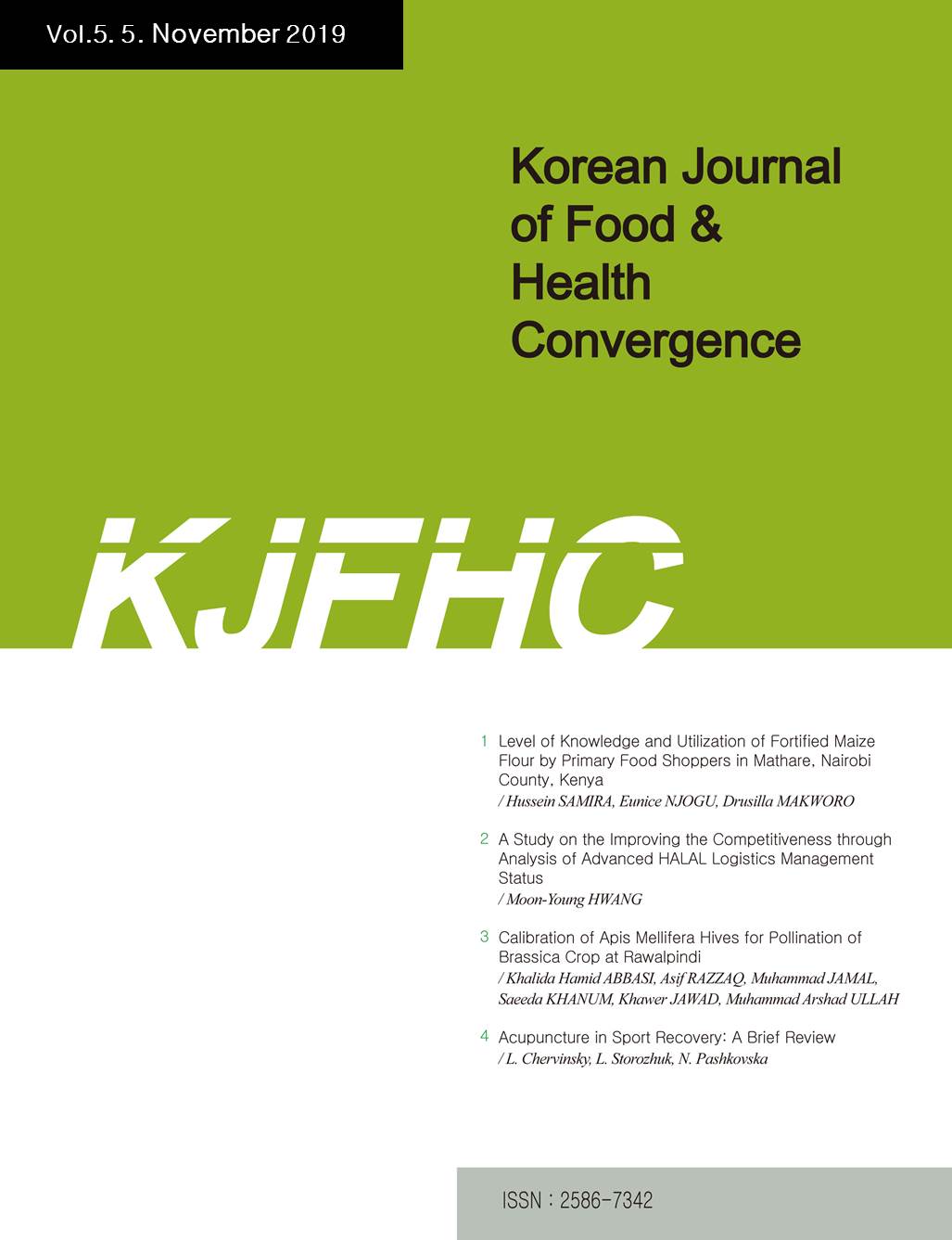 E-ISSN : 2586-7342
E-ISSN : 2586-7342
Vol.8 No.3
Abstract
Purpose-Meat plays an important role in the Chinese daily diet, however, due to the spread of COVID-19, food supply and safety have become a major concern. The safety and health features of chilled fresh meat have attracted the attention of consumers. To study consumers' purchasing behavior and willingness to pay for chilled meat under the influence of the epidemic. Research methodology- The data were obtained by questionnaire survey, major issues include consumers' meat consumption habits in the wake of the COVID-19 and their awareness of meat product quality labels. In addition, the gender, age, family income, and other basic personal information of the interviewees were also counted. Based on the binary Logit regression method, we study consumers' purchasing behavior and willingness to pay for chilled meat under different demographic characteristics. Results-The results showed that brand and quality certification are important factors influencing purchases. In addition, the presence of children under the age of 12 in the household and the level of income and education also influence consumers' purchase intention of the chilled fresh meat. However, mart promotions and city ratings can significantly lower consumers' propensity to buy the chilled fresh meat. Apart from this, such factors as gender, age, and living conditions have no significant influence on consumers' purchase of chilled fresh meat.
Abstract
Processed meat products are prone to oxidation and spoilage due to prolonged storage. By using natural spices that are harmless to the human body and have antioxidant and antibacterial effects to replace synthetic preservatives in consideration of consumers' qualitative consumption patterns that pursue nutrition and safety, and stimulate appetite with taste, aroma, and color of food. The purpose of this study was to study the effect on the quality characteristics of processed meat products. The spice group had a low crude fat for both the loin and sirloin cuts. Brightness, redness, and yellowness in the chromaticity of beef jerky and PYUNYUK added with spices were different from those of the control group and increased. In terms of texture, all the beef jerky groups increased firmness and friability, and there was a difference between refrigeration and room temperature storage. The elasticity and stickiness decreased with the lapse of storage period. In the PYUNYUK, the flavor of the spice group was low and the meat quality was soft. It was found that the addition of natural spices to replace synthetic preservatives had different effects on processed meat products and had a positive effect on general ingredients, mechanical properties, physicochemical properties, and sensory quality properties.
Abstract
The purpose of this study was to investigate the factors that determine whether college graduates majoring in culinary arts are employed. To achieve this purpose, this study largely divided the factors affecting the status of employment into the personal background, college life, and employment preparation activities factors. And, the data of 164 graduates who graduated from culinary arts-related departments participating in the Graduate Occupational Mobility Survey (GOMS) were used. The analysis results are summarized as follows. First, it was found that the health status and experience of job-seeking activities of college graduates majoring in culinary arts decreased the employment probability. On the other hand, major satisfaction and certification acquisition were found to increase the employment probability. Second, the health status and experience of job-seeking activities of graduates who participated in 2018GOMS were found to decrease the employment probability, and major satisfaction and grade were found to increase the employment probability. Third, it was found that only the health status of graduates who participated in 2019GOMS affected the status of employment. Therefore, in order to increase the employment rate of culinary arts majors at the end of COVID 19, universities need to make efforts to increase their satisfaction with their majors and their grades while attending college.
